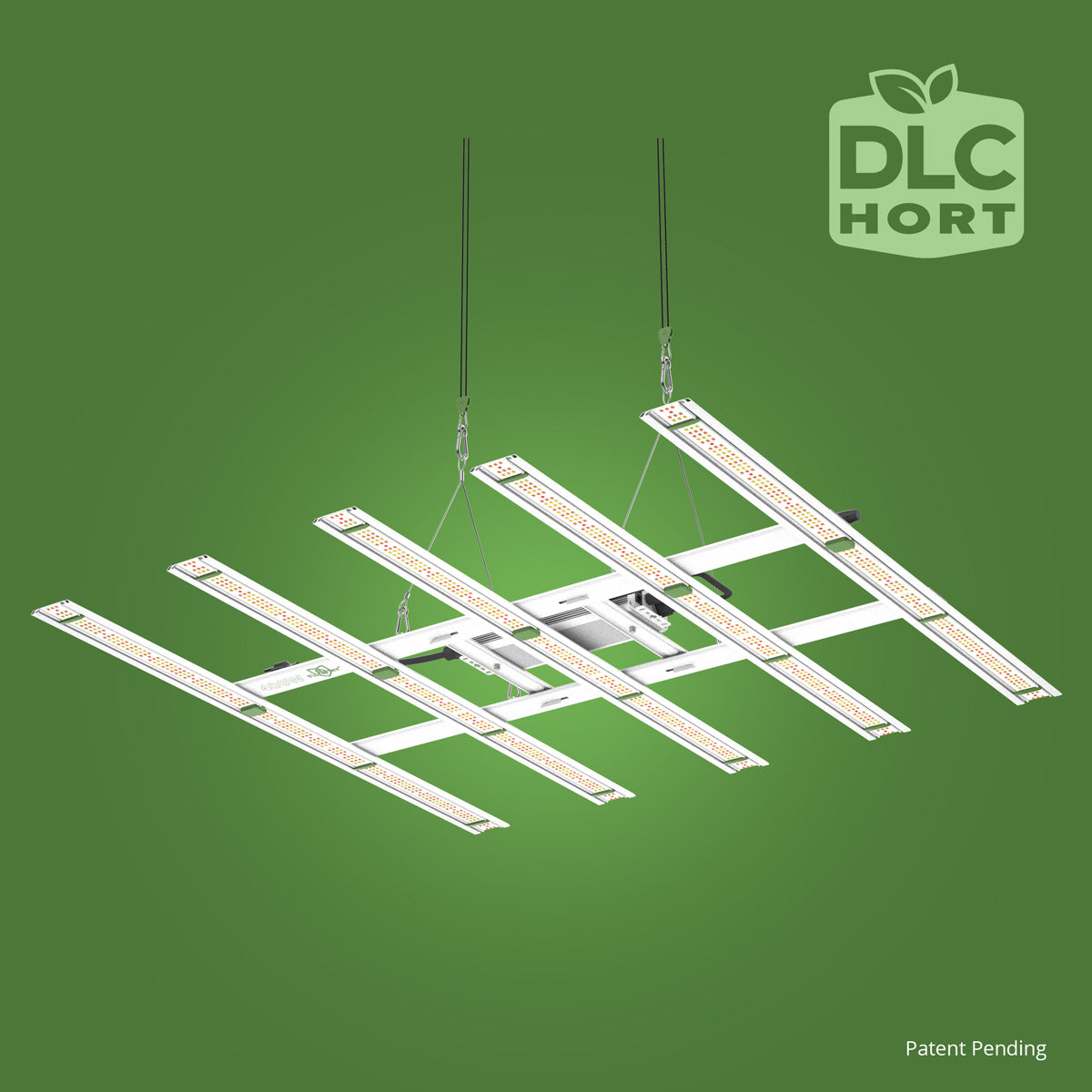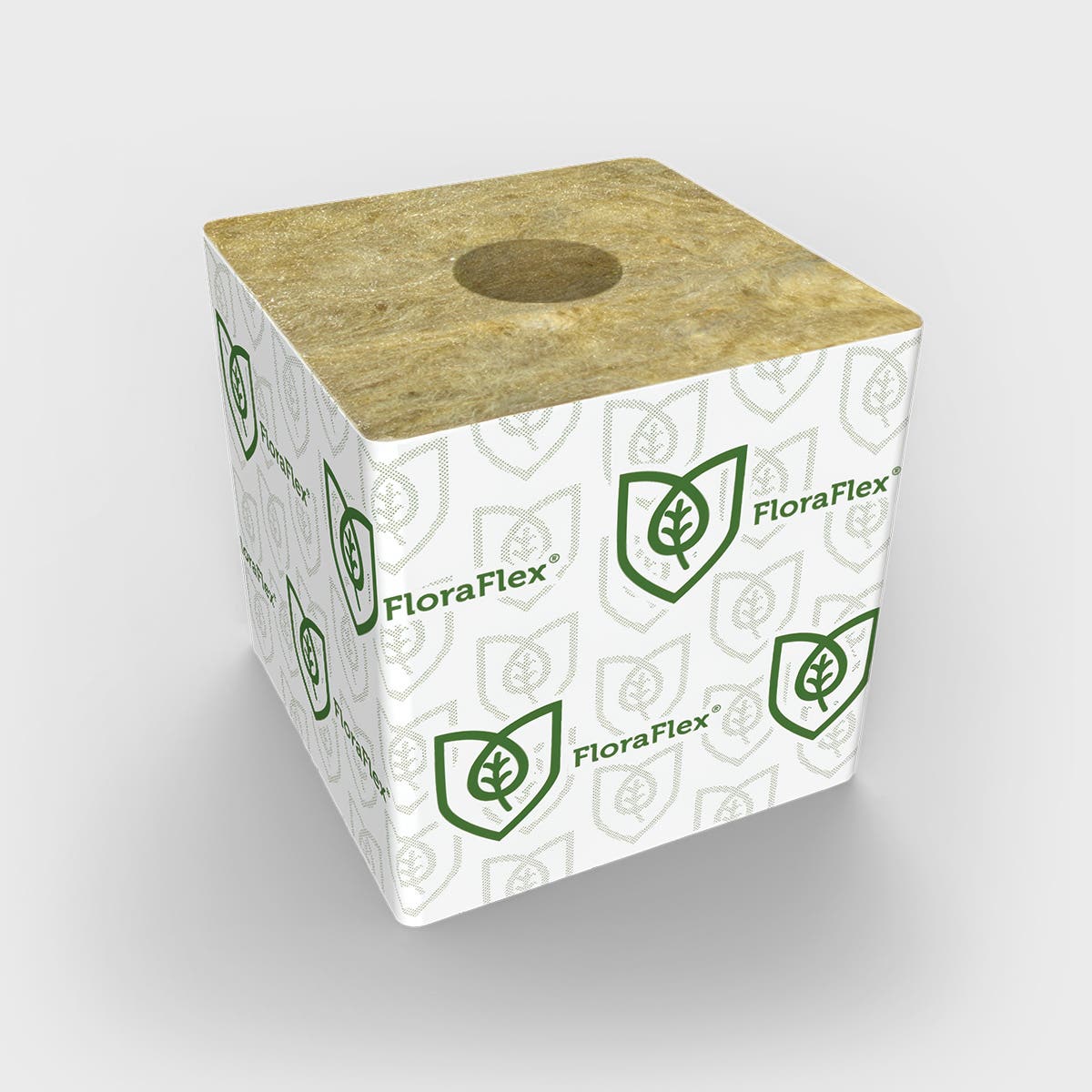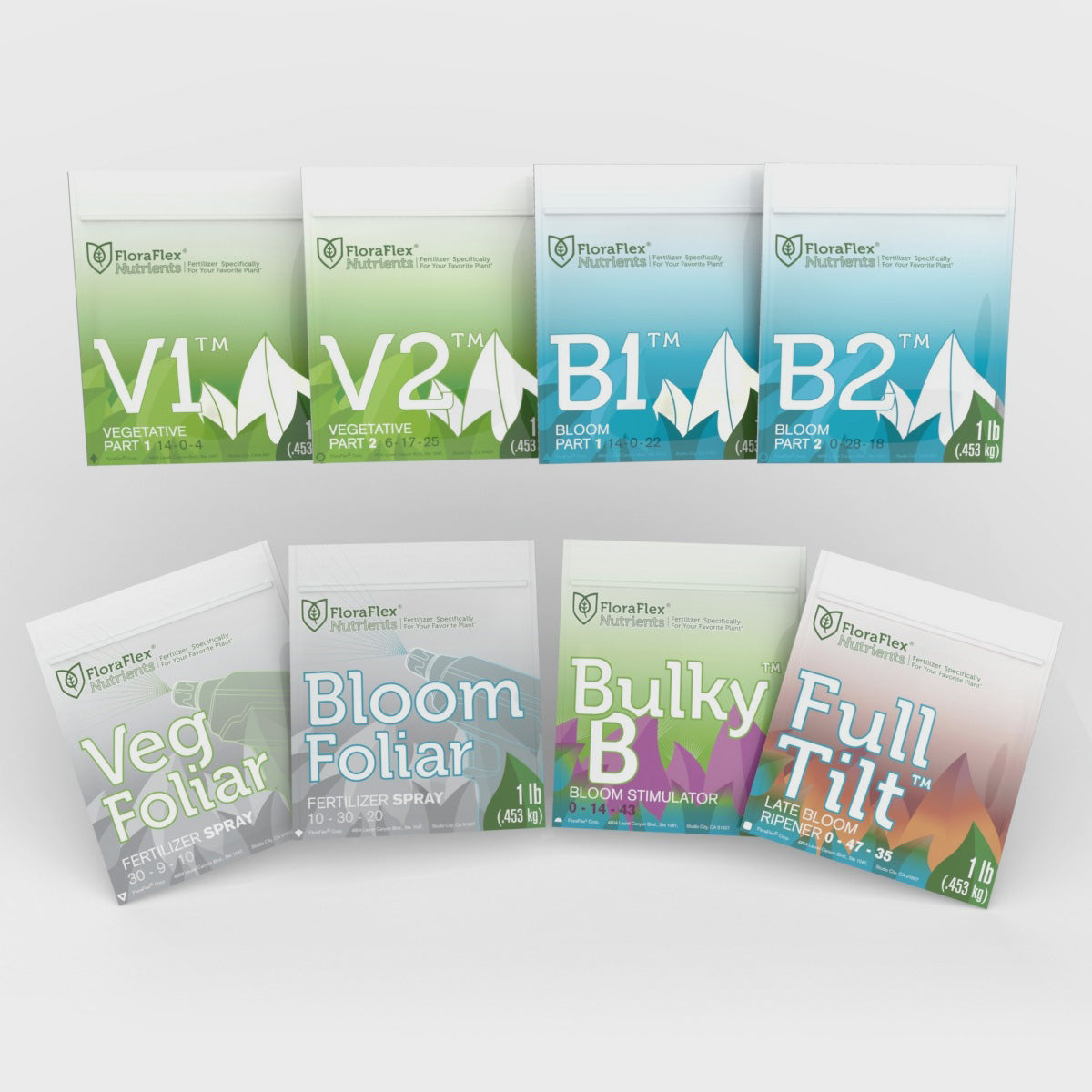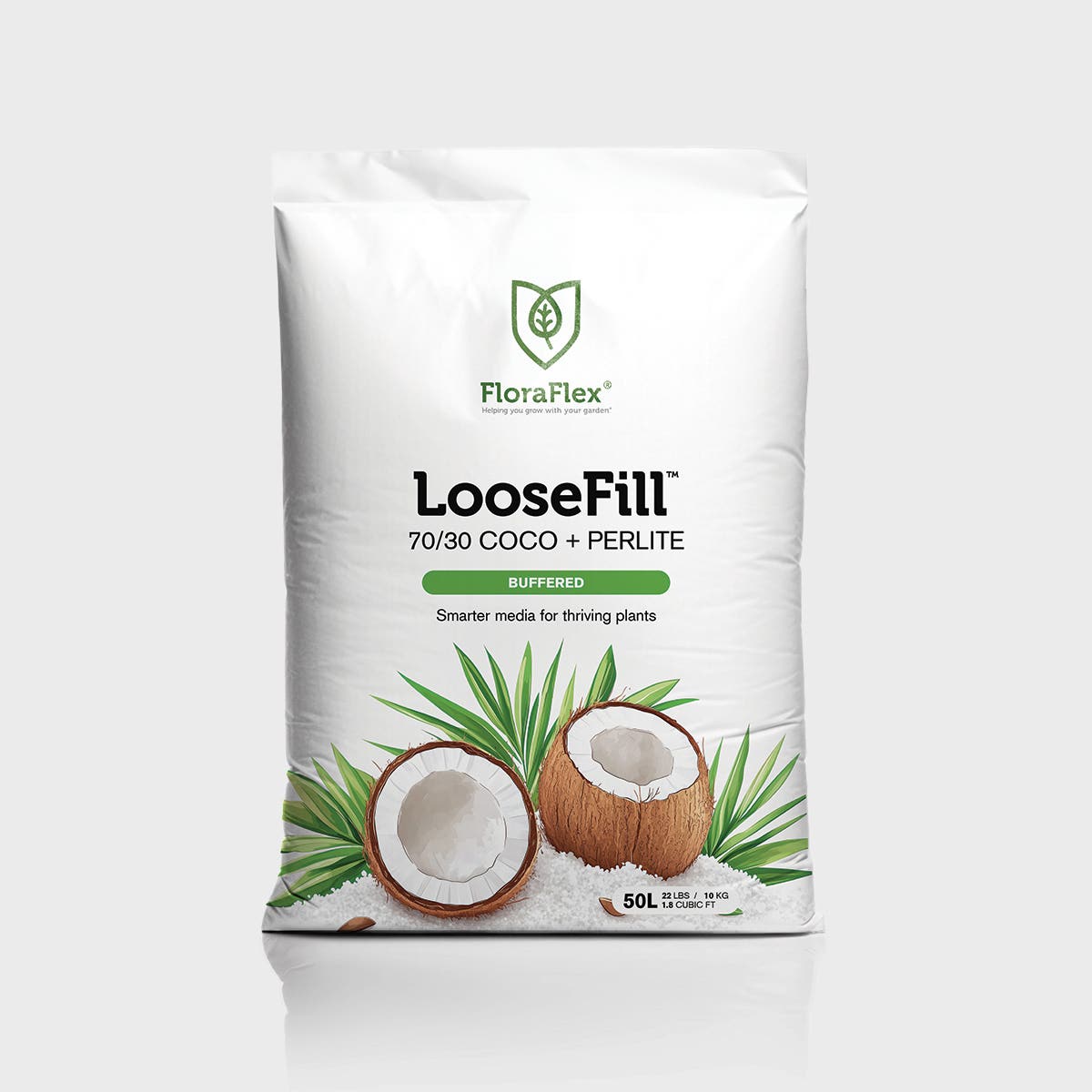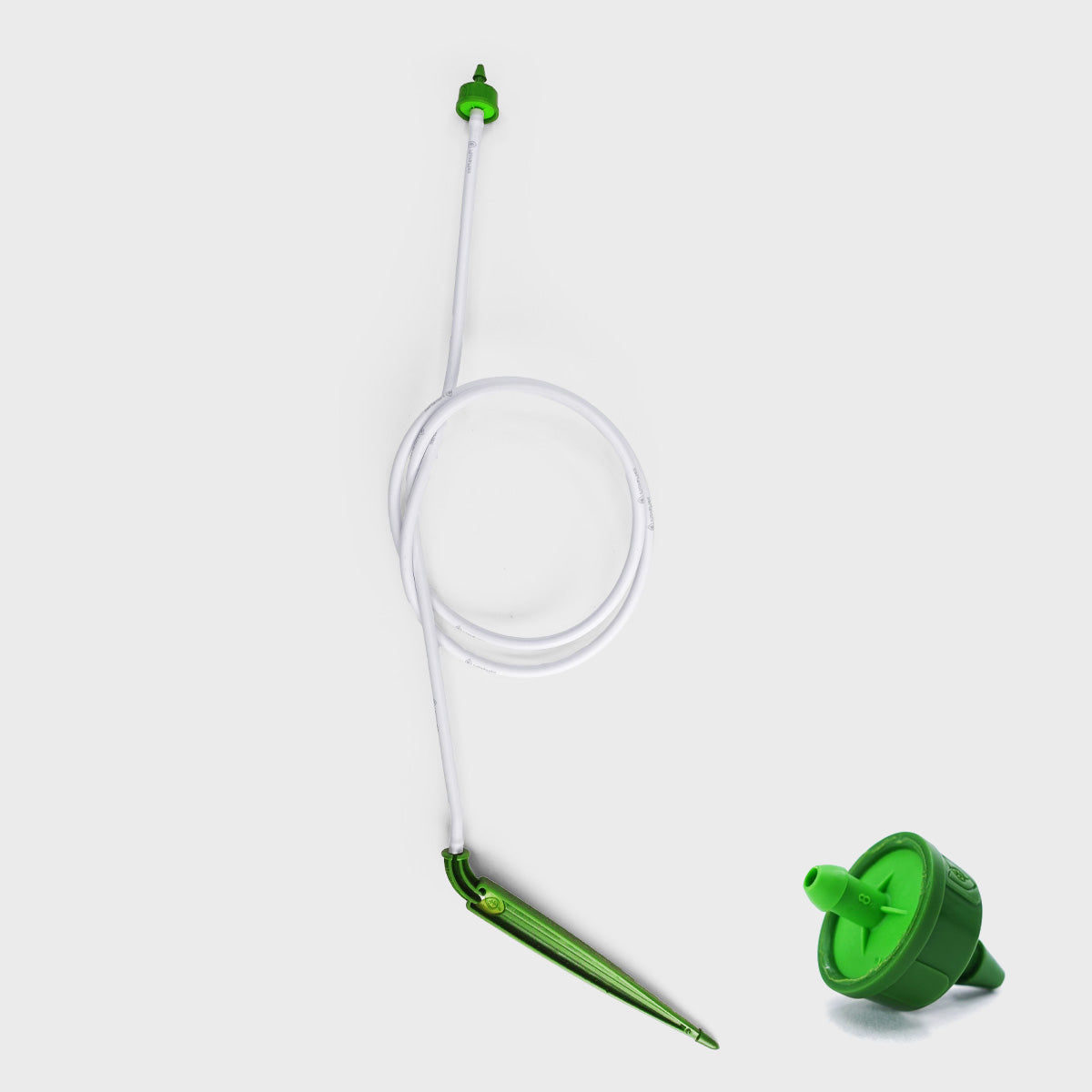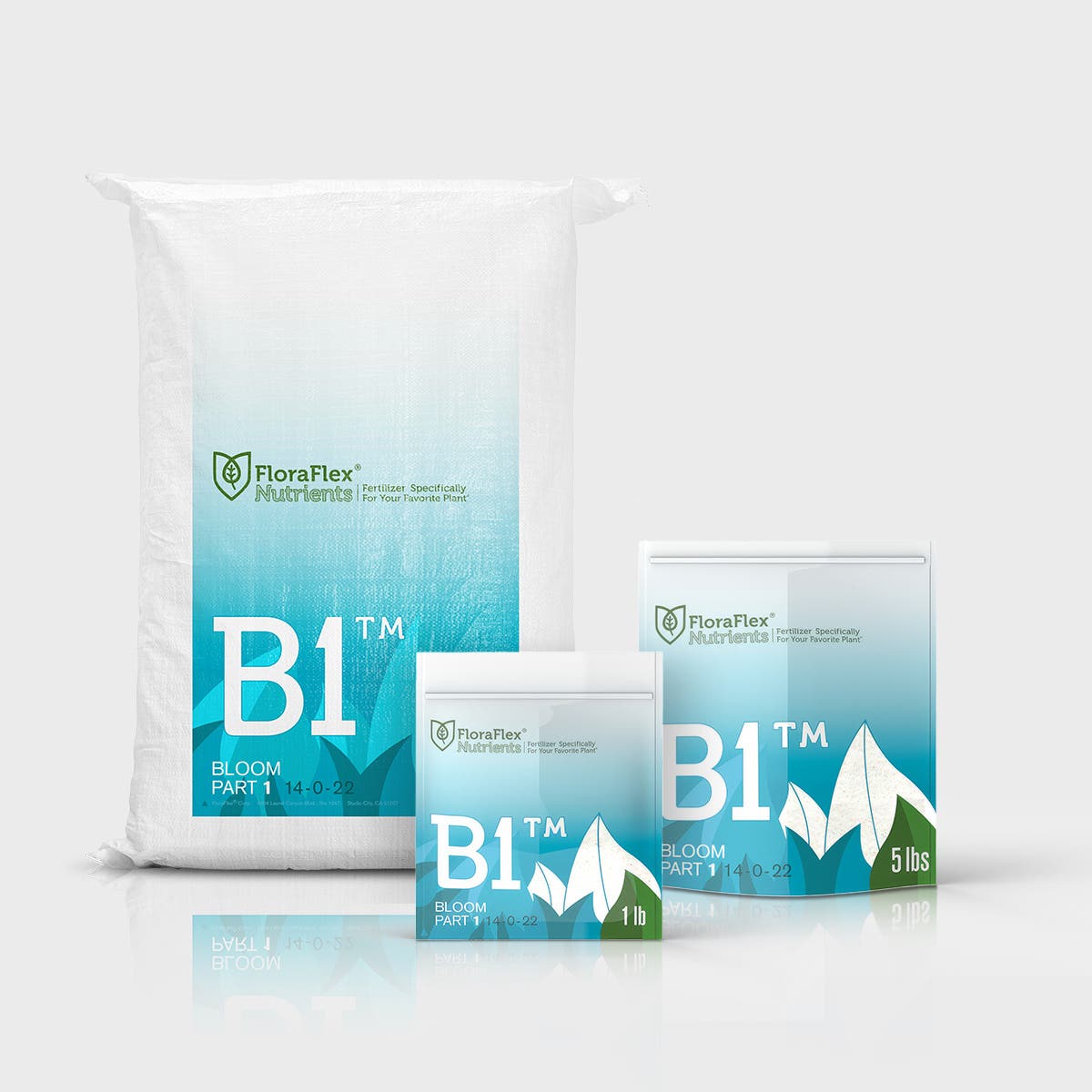Creating the ideal environment for cannabis cultivation involves more than just providing water, light, and nutrients. Temperature and humidity play a vital role in the growth and overall health of cannabis plants. Understanding the relationship between temperature, humidity, and cannabis is crucial for achieving optimal results. In this article, we will explore the importance of temperature and humidity in cannabis growing and discuss the factors to consider for creating the ideal growing conditions. So, let's dive in and discover how temperature and humidity impact the success of your cannabis cultivation!
The Impact of Temperature on Cannabis Plants
Temperature has a significant influence on the growth, development, and metabolism of cannabis plants. Different stages of the cannabis life cycle require specific temperature ranges for optimal growth and maximum yield. Let's take a closer look at the impact of temperature on cannabis plants:
Vegetative Stage
During the vegetative stage, cannabis plants require a slightly higher temperature range to encourage vigorous growth. The ideal temperature for this stage is typically between 70°F and 85°F (21°C to 29°C). Maintaining temperatures within this range promotes robust root development, sturdy stem growth, and the proliferation of healthy foliage.
Flowering Stage
As cannabis plants transition into the flowering stage, temperature control becomes even more critical. Cooler temperatures during the dark cycle (nighttime) and slightly warmer temperatures during the light cycle (daytime) help optimize flower production. Aim for a temperature range of 65°F to 80°F (18°C to 27°C) during the flowering stage to promote bud development, resin production, and terpene synthesis.
Considerations for Temperature Control
When it comes to temperature control, here are some key considerations to keep in mind:
-
Ventilation and Air Circulation: Proper air circulation is essential for maintaining consistent temperatures throughout the grow space. Use fans or ventilation systems to ensure adequate airflow, which helps prevent temperature pockets and the buildup of excess heat.
-
Temperature Monitoring: Regularly monitor the temperature in different areas of your grow space using thermometers or environmental controllers. This helps identify any temperature variations or potential hotspots, allowing for timely adjustments to maintain the ideal temperature range.
-
Lighting Heat: High-intensity grow lights can generate significant heat, affecting the overall temperature in the grow space. Choose efficient lighting systems and consider supplemental cooling methods, such as air-cooled hoods or exhaust fans, to manage excess heat and maintain suitable temperatures.
The Importance of Humidity for Cannabis Plants
Humidity levels play a crucial role in cannabis cultivation, influencing transpiration, nutrient uptake, and overall plant health. Maintaining appropriate humidity levels helps prevent issues like mold, mildew, and pest infestations. Let's explore the impact of humidity on cannabis plants:
Vegetative Stage
During the vegetative stage, cannabis plants prefer higher humidity levels to support optimal growth. Aim for humidity levels between 50% and 70% to provide ample moisture for leaf expansion and nutrient absorption.
Flowering Stage
As cannabis plants enter the flowering stage, it is essential to gradually decrease humidity levels to mitigate the risk of mold and mildew formation. Reduce humidity to a range of 40% to 50% during this stage to ensure proper airflow and prevent moisture-related issues.
Considerations for Humidity Control
To effectively control humidity levels in your cannabis grow space, consider the following factors:
-
Humidity Monitoring: Use a hygrometer or humidity sensor to monitor humidity levels consistently. This allows you to make adjustments and maintain the desired humidity range throughout the different growth stages.
-
Air Circulation and Ventilation: Proper airflow and ventilation help maintain balanced humidity levels. Ensure adequate ventilation, use oscillating fans to promote air movement, and consider using dehumidifiers or humidifiers to adjust humidity as needed.
-
Watering Practices: Overwatering can increase humidity levels and create an environment prone to mold and fungal growth. Use proper watering techniques and ensure adequate drainage to prevent excess moisture accumulation.
-
Preventing Excessive Humidity: In situations where humidity levels are consistently high, consider implementing measures like using a dehumidifier, adjusting the temperature, or increasing air exchange to reduce excess moisture.
Temperature and humidity are crucial factors in cannabis cultivation, directly influencing plant growth, development, and overall health. By understanding the temperature and humidity requirements during different growth stages, and implementing proper controls and monitoring, you can create an environment that promotes vigorous growth, optimal resin production, and healthy buds. Remember to strike the right balance, maintain proper ventilation, and regularly monitor temperature and humidity levels to ensure the success of your cannabis cultivation endeavors.

